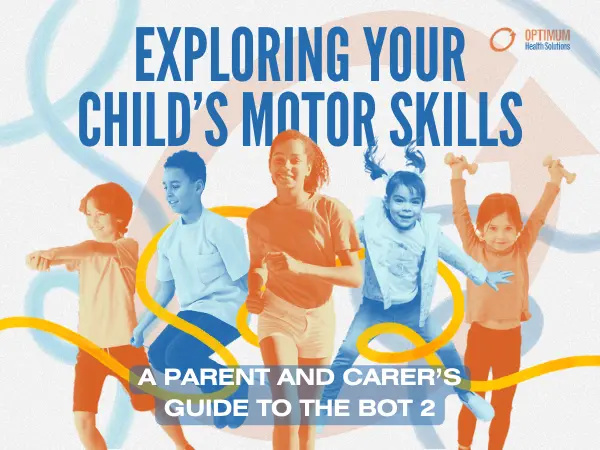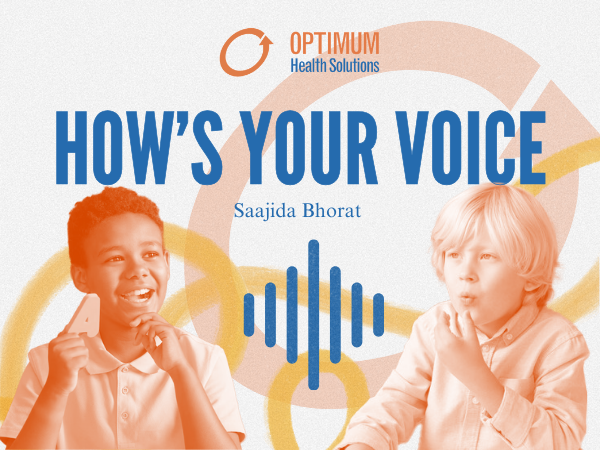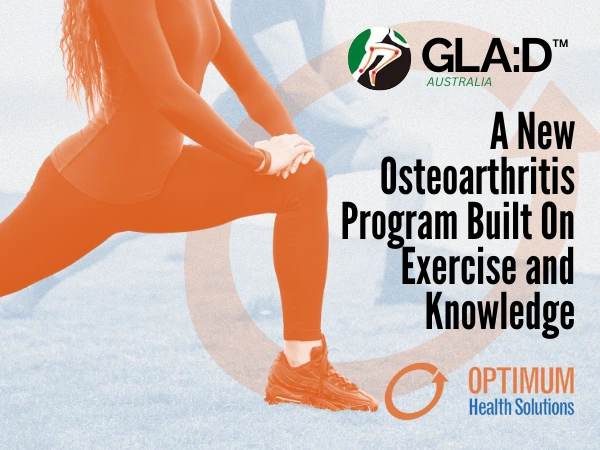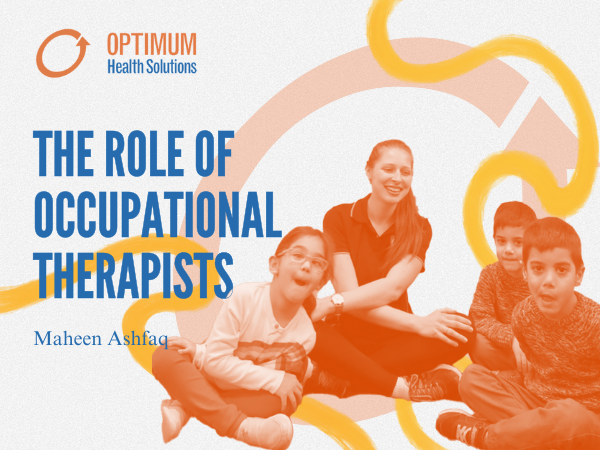Children who begin stuttering at an early age often recover naturally, or respond well to treatment. However, there are some cases of stuttering continuing through adolescence and persisting into adulthood. This can sometimes be the result of an anxiety disorder, or has also been known to occur following an assault or other traumatic brain injury. Treatment of stuttering beyond teenage years and into adulthood can be an arduous process, and tends to focus on restructuring the person’s speech, rather than eliminating the stutter altogether.
What help is available for adults who stutter?
Perhaps one of the best known treatment methods for adults who stutter is the Camperdown Program. The main focus of this program, developed by the Australian Stuttering Research Centre at Sydney University, is to significantly reduce stuttering in everyday situations. It also aims to assist people to create self-management procedures, helping them to address their stuttering in the future. A prolonged speech pattern is used to aid in reducing the level of stuttering, working towards increasing speech naturalness.
Stages of the Camperdown Program
The Camperdown Program usually occurs in four main stages, which are:
- Stage I: teaching treatment components
- Sessions during this stage tend to focus on learning to use a 9 point rating scale for both stuttering severity and speech naturalness (1=no stuttering, 9=extremely severe stuttering)
- Short conversations can be recorded, with both the client and clinician giving their ratings for both stuttering severity and speech naturalness
- Clients will tend to do this on a daily basis at home as well
- Stage II: instatement
- During this stage, clients usually aim for natural sounding, Sutter free speech within the treatment environment (typically within the clinic setting)
- Develop their self-evaluation and problem solving skills to aid in later generalisation of stutter free speech
- Stage III: generalisation
- As part of these sessions, clients learn how to establish a practice regime, and also how to transfer prolonged speech into everyday situations
- The clinician and the client work together to create strategies to support stutter-free speech based on daily severity and speech naturalness scores
- Stage IV: maintenance
- Self-management strategies to problem solve without the assistance of the clinician are taught
- In-clinic sessions become less frequent, however this does depend on the client’s individual progression rate
The amount of time the Camperdown Program will take depends greatly on each individual client’s progress. Some may work quickly through certain stages, whilst others will need more guidance or direction than others. For teenagers and adults who stutter, it is vital to seek professional assistance to support a sense of normalcy and promote engagement in the community and society as a whole.







